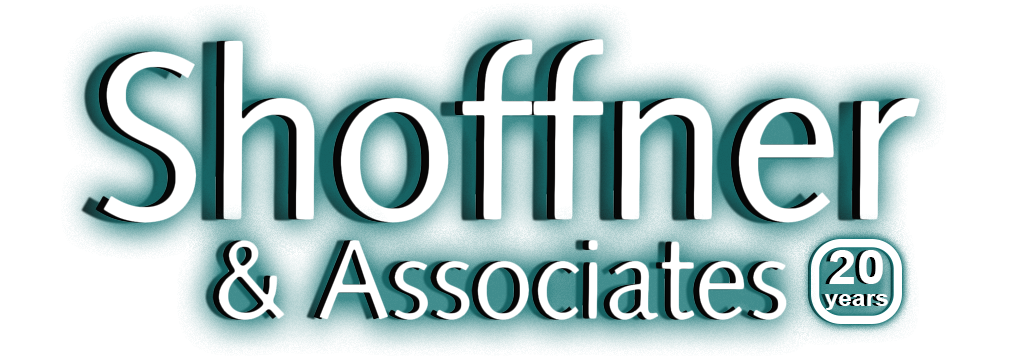Your debt can be reorganized through Chapter 13 or Chapter 11. Different parameters determine which bankruptcy is right for you. The purpose of these bankruptcy cases is to help the debtors get back on their financial feet. Creditors generally receive more money than they would under Chapter 7.
Chapter 13 and Chapter 11 bankruptcy are structured for the debtor to repay as much of their debt as possible while giving them some debt relief. Debtors protect their income and assets while also protecting themselves from debt collection actions.
Chapter 13 typically pertains to individuals. Chapter 11 is most commonly for businesses but is sometimes used for individuals who have debts in excess of Chapter 13 limits or assets that are high-value and complex.
Businesses can file under Chapter 11 Subchapter 5 but not under Chapter 13. Reorganization under Subchapter 5 includes flexibility in restructuring contracts and lease agreements which make it easier for the business owner to continue running the business.
Filing fees are less for Chapter 13 than for Chapter 11 Subchapter 5. While attorney fees are traditionally higher for Chapter 11 than for Chapter 13, the streamlined nature of Subchapter 5 brings the legal fees down considerably.
There are debt limits for both Chapter 13 and Chapter 11. Individuals are eligible for Chapter 13 if their unsecured debts (credit card debts) are under $419,275 and their secured debts (those with collateral like a house or car) are under $1,257,850. Currently, under the CARES Act, the debt limit for Subchapter 5 is $7,500,000.
Subchapter 5 repayment plans have a lot in common with Chapter 13 plans. Both Subchapter 5 and Chapter 13 plans require all projected disposable income to go toward repayment of debt. Both plans require that debt be paid in three to five years. Subchapter 5 and Chapter 13 have their administrative expenses paid over the course of the plan. Once the plan payments are completed the debt is discharged.
Only the debtors in Subchapter 5 and Chapter 13 may file a plan. In traditional Chapter 11 cases, other interested parties may file.
Trustees are assigned for Subchapter 5 and Chapter 13 cases though their roles are different. The trustee in Subchapter 5 bankruptcies largely develops a bankruptcy plan that is satisfactory to all parties. Their role is to create a quick resolution with minimal or no litigation.
In Chapter 13, the court appointed trustee will collect payments from the debtor and distribute them to the creditors. The trustee monitors the case throughout the plan.
Chapter 13, known as the wage earner’s plan, focuses on the reorganization of one’s finances for individuals with regular income. Chapter 11 Subchapter 5 is very useful for small business owners who need to reorganize their business. Filing for Chapter 13 bankruptcy and Subchapter 5 are involved processes. It is important to work with an experienced bankruptcy attorney. To learn more about the different forms of bankruptcy and understand what works for you contact Shoffner & Associates. Determine with them your best course of action. Use their expertise to effectively guide you through the process.
Move your business forward with new found energy and confidence!
With the right help, you are more likely to succeed. The attorneys at Shoffner & Associates will be happy to help you.
Starting a NEW business or know someone that could use our help? Call your friendly neighborhood attorney today.
Freya Allen Shoffner, Esq.
Shoffner & Associates
Counselors to Small Business and Families.
Give Freya a call at (617) 369-0111 TEXT US (413) 207-6219 or email fashoffner@shoffnerassociates.com




